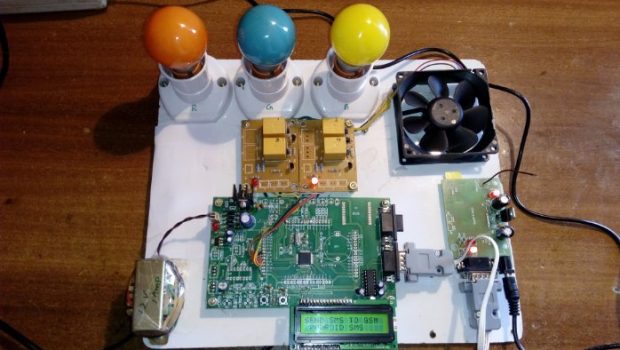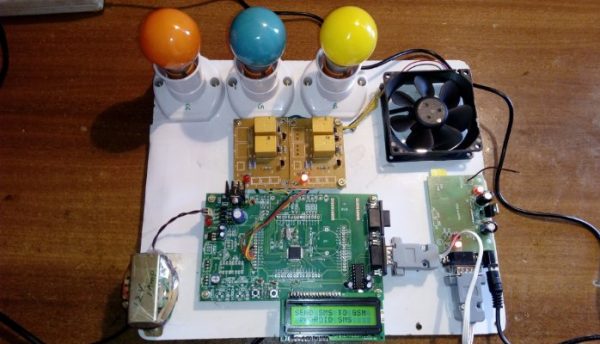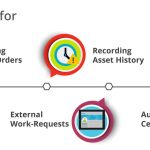How to Ensure Success of Your First IoT Project
The Internet of Things is no longer a fiction and without any doubt, it’s more like a business. IoT is no longer benefiting big corporations, but also being a part of every home, school and public place. The technology is becoming part of everyone’s home from smart locks to remotely turning off the air conditioner and from controlling temperature of your home to lighting control.
According to the prediction by Gartner, by 2020, we will be surrounded by 26 billion Connected Things, which is approximately 30 times increase from 900 million connected products sold in 2009.
In the future, IoT might be as common as smartphones at present. While the technology is gaining hype, you would be surprised to know that between 25 to 45 percent of all products fail. If you are looking forward to grabbing the endless opportunity by developing an IoT product, you might not be interested in hearing your product being failed.
For a startup entrepreneur, losing money is almost like losing a life. If you want to make your first IoT product a success story, make sure to follow these guidelines. Without wasting any time, let us have a step-by-step approach to developing a successful IoT product.
Solve the Problem, Don’t Push Solution
If you are thinking of investing all of your money in full development, stop right now. Rather, invest in resources to prototype extensively. Prototyping is the best way to analyze your customers and the solution they require.
Prototyping for IoT is quite different from that of the website. Make sure to test it according to the needs of the consumers, hardware equipment, ease of use and the cost. Skipping prototyping phase will result in failure of your project. You might lose much of your money and time.
Cost of Production Should Not be ignored
The reason behind the failure of a project is not due to a bad idea, but overspending within the limited resources. Entrepreneurs have to invest in hardware, which might blow away their money in a jiffy. The cost in the initial phase of any startup project runs out faster than you could have imagined.
Before starting the IoT project, make sure to define the requirements, especially have a deep look at your budget. You might have considered fixed expenses, but variable expenses are going to break you.
Fix Outdated Processes and Policies
IoT is not all about technological deployment; it is a 360-degree change in the overall processes and policies. By deploying IoT, you are not going to see the miracle without fixing and updating processes and policies. Make sure to realize the full potential of implementing IoT by updating and regulating the outdated processes and policies.
Preferred IoT Hardware and Platform
IoT hardware and platform should be also taken into consideration after evaluating your business goals. It could be quite difficult as most of the big platforms are providing an IoT stack with the components like:
- Constrained devices and sensors
- Gateways and smart devices
- IoT platform
- Smart apps
Currently, IoT service providers offer these four components and enterprises are adopting it largely to reap the benefits. The key components discussed earlier are important to understand and explore the technologies that can be helpful for your business.
Give Users a Chance to Test
Developing a prototype and asking users to test might not be comfortable for you and the user. However, you can still get early honest feedback. No problem, if your product is not perfect at all. The valuable feedback will save you from any discomforts in the future.
Test everything from setup to installation and user experience to messaging and design. Repeat the test and make the changes wherever needed based on users feedback.
Ability to Handle and Operate
Deploying IoT does not end up after deploying, but needs keen observance. For instance, if you have installed 1000 devices, you may need to look after its operation and maintenance. If you are a startup enterprise, how would you bear the cost of maintenance, replacement or repairing of the equipment?
It is, therefore, necessary to have a deep analysis on how you will come up with all of these discrepancies and shortcomings. In case, you fail to analyze on your own, you can ask some technical experts.
Flexibility and Adaptability
IoT deployment needs careful management and thoughtful planning in order to succeed. However, a number of unforeseen circumstances will come in your way that you, your consultant and solution provider don’t know.
In such cases, you and your project team must be agile and dexterous in dealing with such obstacles. Make sure that you and your team are well prepared for such changes and be flexible and adaptable in their approach and learning.
Conclusion
IoT has gone a long way and since the first product launch, some of them are successful while others proved to be a sheer failure. If you want to get your product listed in 2020’s 26 billion connected devices, make sure to build something worth dreaming about.
Author Bio:
Ray Parker is an entrepreneur and internet marketer with over 15 years of experience in Search Engine Optimization, Creative Writing and Digital Marketing with IQVIS. He has worked with several clients from all over the globe to offer his services in various domains with a proven track record of success.
















